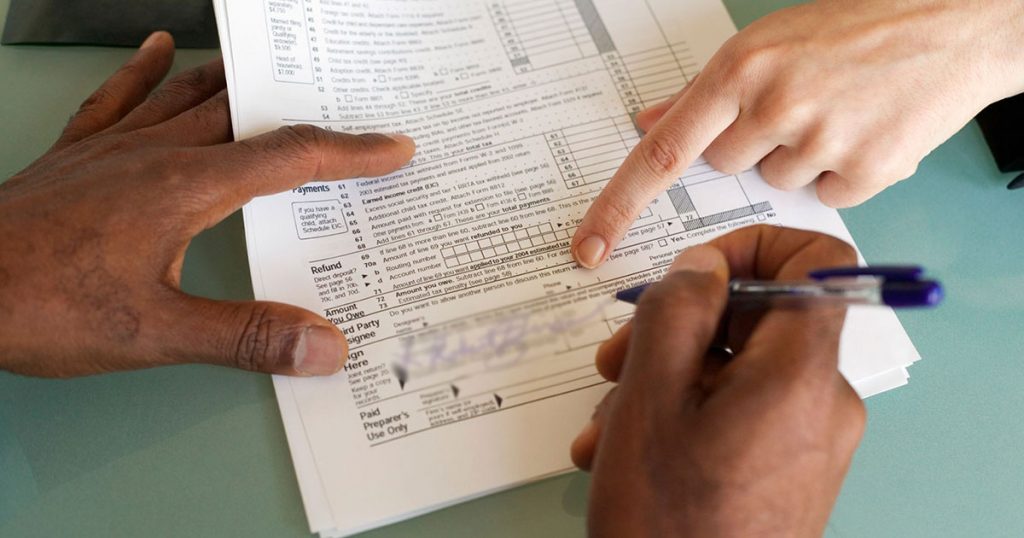
GST practitioner is personnel who is approved by the government (state or central) to take charge of all the tax-related activities on behalf of taxpayers and business firm. GST practitioner is a person concerned for fresh registrations under GST, applying for amendments or cancellation of registration. No shells of GST are left uncovered for a GSTP.
He is the one responsible for all the detailing like monthly, quarterly or annual returns of the business unit or furnishing of ITR on a taxpayer’s behalf. He represents the company on legal grounds and takes the sole credibility for any legal action of the company.
Whether it is Tax Deducted at Source (TDS) or Tax Collected at Source (TCS) or Non-Resident Taxable Person (NRTP) or OIDAR or UN Body or Embassy or ONP, a taxpayer (individual or business unit) needs a GST practitioner to file all the necessary Amendments of Registration of Core and Non-Core fields.
Read Also: All About GST Practitioner and Registration Guide on GST Portal?
To be noted – GST officer can only make necessary changes and save in the drafts which enable the taxpayer to further work on the basis of the drafts saved. Final application has to be filed by the taxpayer.
What a GST practitioner can do in favour of a taxpayer?
Amendments of Registration – GSTP is responsible to generate an application for amendments of registration, filing clarifications, Composition Levy, the official cancellation of the registration and save it for later proceedings by the taxpayers. He is also concerned with tracking of application status.
Ledger Tasks – GSTP can examine Electronic Cash Ledger, Electronic Credit Ledger, and Electronic Liability Registers on behalf of the taxpayer. This helps the taxpayer to keep a record of all the GST payments he has done in the past.
Keeping a track of returns – On taxpayer’s behalf, GSTP can check Return Dashboard, transition forms, ITC forms, and return status. They can even prepare Annual Returns along with different other returns (including invoice uploading).
Payments – GSTP can see the taxpayer’s Saved challans and History of other challans on GST portal. It is possible to partially create a challan and save. To be noted, the challan generated by the GST Practitioner can be utilized by the taxpayer on later stages.
User Applications – A GSTP can create a new application for advance Ruling, Rectifying Order, Form DRC-03, Letter of Undertaking, Restoration of Provisional Attachment, Deferred Payment, Instalments to be paid in future, Provisional Assessment ASMT-01. He can check all new, old and submitted applications.
He can download certificates, check the clause list, look for six-digit HSN code or Service Classification Code.
Refunds – GSTP can help taxpayers with checking saved or filed refund applications, keeping the update of refund application status preparing a refund application, track refund application status.
Above mentioned are the business which a GST practitioner can perform on GST portal on a taxpayer’s behalf.
To keep in mind, GST practitioner can save a partial application as a draft. It is the taxpayer who has to file an application using those drafts.